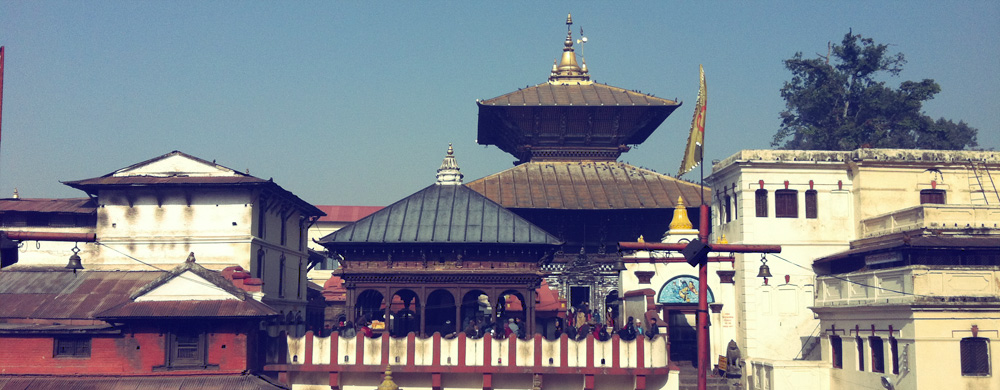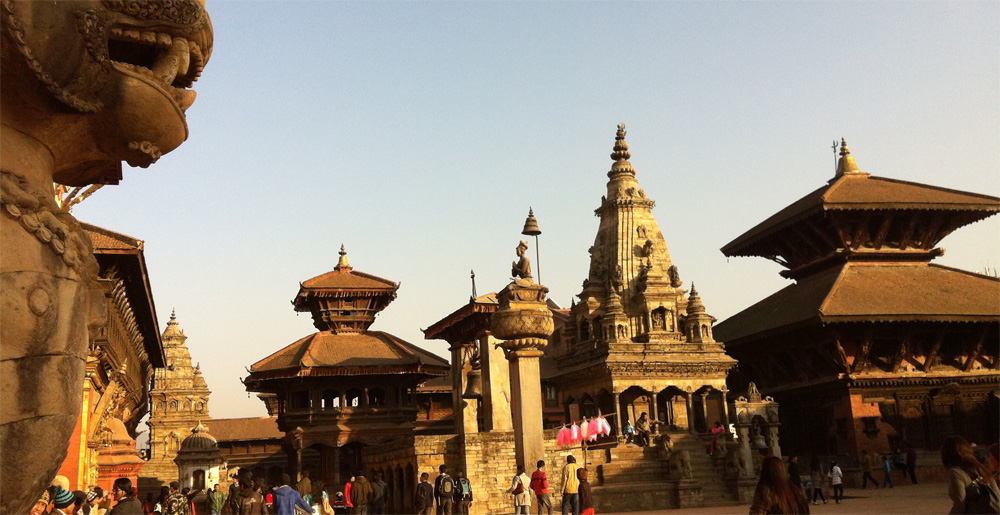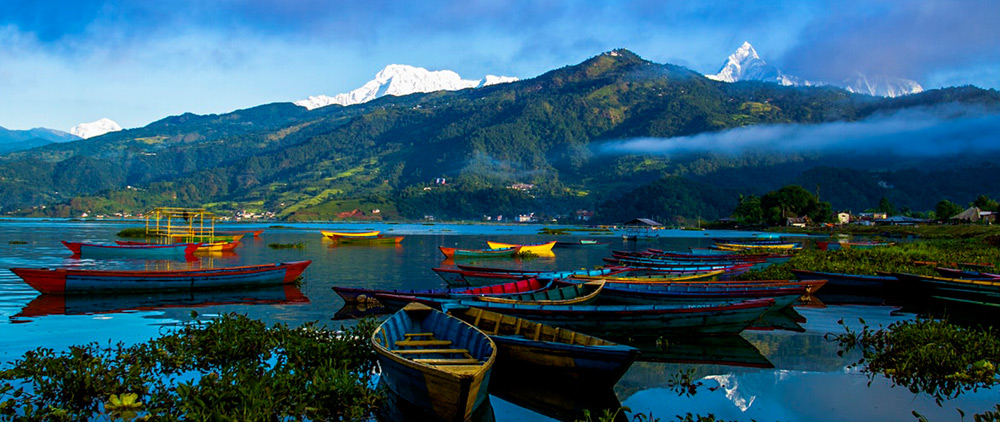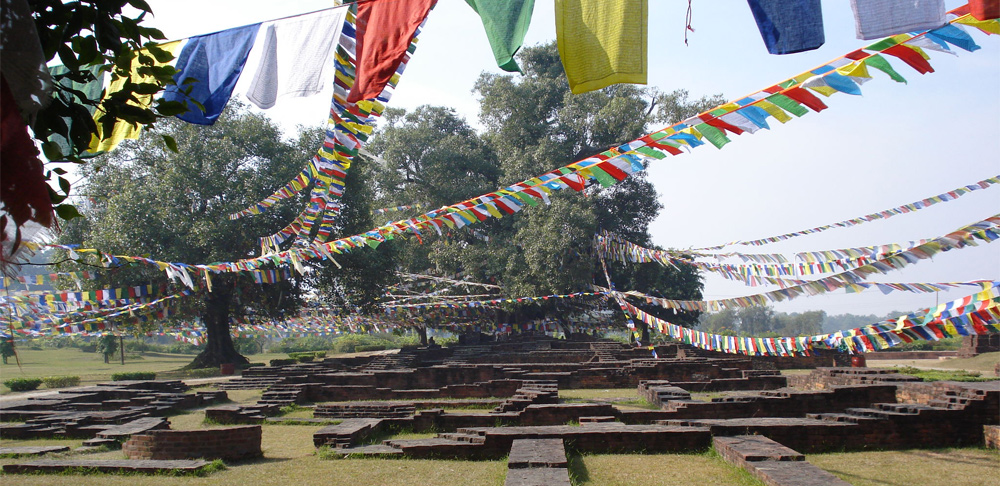Special Nepal Tour
Itinerary
 Pashupati Nath Temple, situated 5 km east of Kathmandu, the temple of Lord Shiva is considered one of the most sacred Hindu shrines in the world. Also it is one of the Biggest and famous Hindu Lord Shiva's Temple in the world. so every year thousands of Hindu pilgrimage & Tourist visit in the Temple . The two-tiered pagoda with golden roofs and 4 silver doors houses the sacred linga, or phallic symbol, of Lord Shiva. Chronicles indicate the temple existed before 400 A.D. It is listed under the UNESCO World Heritage Sites.
Pashupati Nath Temple, situated 5 km east of Kathmandu, the temple of Lord Shiva is considered one of the most sacred Hindu shrines in the world. Also it is one of the Biggest and famous Hindu Lord Shiva's Temple in the world. so every year thousands of Hindu pilgrimage & Tourist visit in the Temple . The two-tiered pagoda with golden roofs and 4 silver doors houses the sacred linga, or phallic symbol, of Lord Shiva. Chronicles indicate the temple existed before 400 A.D. It is listed under the UNESCO World Heritage Sites. The Patan Durbar Square is situated at the heart of the Lalitpur city, it constitutes the focus of visitors' attraction. It is listed under the UNESCO World Heritage Sites. The Square is full of ancient palaces, temples and shrines, noted for their exquisite carvings & marvel of Newa (a kind of ethnic communities) architecture. The Krishna temple was built in 1637 by King Siddhinarasimh Malla which is the most important temple in Patan Durbar Square of Shikhara style.
The Patan Durbar Square is situated at the heart of the Lalitpur city, it constitutes the focus of visitors' attraction. It is listed under the UNESCO World Heritage Sites. The Square is full of ancient palaces, temples and shrines, noted for their exquisite carvings & marvel of Newa (a kind of ethnic communities) architecture. The Krishna temple was built in 1637 by King Siddhinarasimh Malla which is the most important temple in Patan Durbar Square of Shikhara style. Wake up Early in the morning drive to Sarangkot for Sunrise view (optional). Return to Hotel for breakfast and start your halfday sightseeing of Pokhara such as Bindvabashini Temple which is famous for hindu pilgrimage, the Davi’s fall locally known as Patale Chhango ( hell’s fall ); is lovely waterfall lying about two km south west of Pokhara Airport on the Siddartha Highway and Gupteswar Cave is a sacred cave, situated opposite of Davi’s fall the cave is almost 3 kms long. and the picturesque Fewa, Begnas and Rupa lake enhanced its beauty. For the Mountain Lovers Pokhara offers the magnificient views of Mt Fish Tail locally name “ Machhapuchre “ 5 peaks of Mt Annapurna, Dhaulagiri, Himanchuli and other peaks. Pokhara Valley is such a place in the World to provide such a dramatic views in the subtropical setting and its colorful bazaars. Later visit & take the opportunity to shop for souvenirs.
Wake up Early in the morning drive to Sarangkot for Sunrise view (optional). Return to Hotel for breakfast and start your halfday sightseeing of Pokhara such as Bindvabashini Temple which is famous for hindu pilgrimage, the Davi’s fall locally known as Patale Chhango ( hell’s fall ); is lovely waterfall lying about two km south west of Pokhara Airport on the Siddartha Highway and Gupteswar Cave is a sacred cave, situated opposite of Davi’s fall the cave is almost 3 kms long. and the picturesque Fewa, Begnas and Rupa lake enhanced its beauty. For the Mountain Lovers Pokhara offers the magnificient views of Mt Fish Tail locally name “ Machhapuchre “ 5 peaks of Mt Annapurna, Dhaulagiri, Himanchuli and other peaks. Pokhara Valley is such a place in the World to provide such a dramatic views in the subtropical setting and its colorful bazaars. Later visit & take the opportunity to shop for souvenirs. Lumbini, the birthplace of Lord Buddha, in the Terai plains of Nepal is one of the greatest pilgrimage sites for Buddhists. More than 400,000 Buddhists and non Buddhists visit Lumbini every year. It is also a UNESCO World Heritage Site (Culture) and holds immense archeological and religious importance.Sacred Garden: It was here in the gardens of Lumbini that Prince Siddhartha Gautam, who later became the Buddha, was born in 623 BC. The nativity site is marked by a commemorative pillar erected by Mauryan Emperor Ashoka of India during his pilgrimage to the holy site in 249 BC. The inscription on the Ashoka Pillar indentifies the Sacred Garden – spread over 9 sq. km – as the spot where the Enlightened One was born. A large number of Buddhist pilgrims from all over the world visit Lumbini to pray at the Mayadevi Temple where excavations have revealed the “marker stone” showing the exact spot where Siddhartha Gautam Buddha was born. The sacred Puskarni Pond where Queen Mayadevi had taken a bath before the birth of Buddha lies to the south of the pillar. It was also in this pond that the infant Buddha was given his first bath NTB.
Lumbini, the birthplace of Lord Buddha, in the Terai plains of Nepal is one of the greatest pilgrimage sites for Buddhists. More than 400,000 Buddhists and non Buddhists visit Lumbini every year. It is also a UNESCO World Heritage Site (Culture) and holds immense archeological and religious importance.Sacred Garden: It was here in the gardens of Lumbini that Prince Siddhartha Gautam, who later became the Buddha, was born in 623 BC. The nativity site is marked by a commemorative pillar erected by Mauryan Emperor Ashoka of India during his pilgrimage to the holy site in 249 BC. The inscription on the Ashoka Pillar indentifies the Sacred Garden – spread over 9 sq. km – as the spot where the Enlightened One was born. A large number of Buddhist pilgrims from all over the world visit Lumbini to pray at the Mayadevi Temple where excavations have revealed the “marker stone” showing the exact spot where Siddhartha Gautam Buddha was born. The sacred Puskarni Pond where Queen Mayadevi had taken a bath before the birth of Buddha lies to the south of the pillar. It was also in this pond that the infant Buddha was given his first bath NTB.
